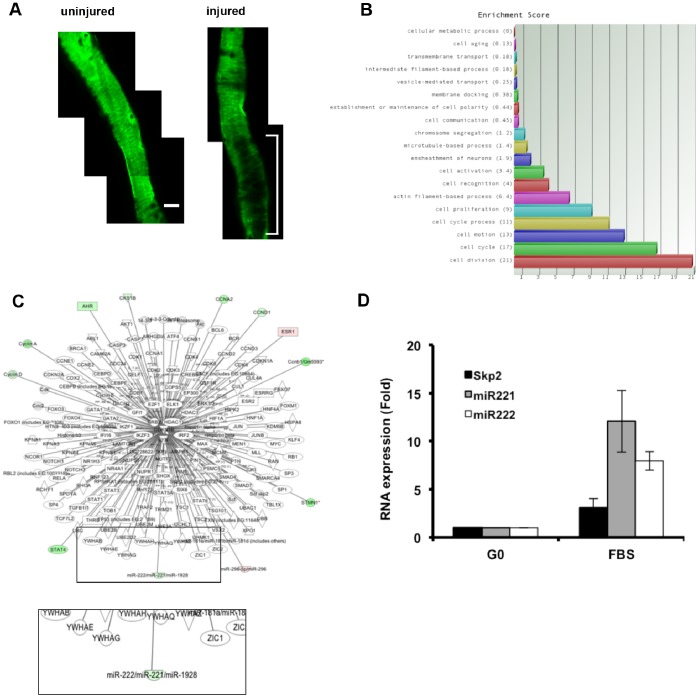Figure 1. Transcript profiling reveals that miR-221/222 is induced after vascular injury in vivo.
(A) Male SMA-GFP mice (5–6 mo) were subjected to fine-wire femoral artery injury. Injured arteries were isolated, carefully opened, and immediately imaged for GFP fluorescence. A representative image of an uninjured and injured femoral artery is shown for a single mouse. The bracket shows a region of vascular injury. (B) Uninjured femoral arteries and GFP-negative regions of injured femoral arteries were collected for transcript profiling. Genes differentially expressed in these tissues were plotted against the Gene Ontology (GO) category, Cellular Process. (C) Interaction map showing upstream regulators of p27 that are differentially expressed in injured vs. uninjured femoral arteries as determined by Ingenuity Pathway Analysis (IPA) of the microarray data. Green and red represent induction and repression, respectively. Upstream p27 regulators in the IPA database that were not differentially expressed during in vivo response to injury are uncolored. The boxed region of interest at the bottom of the interaction map is expanded below to highlight the induction of miR-221 (green oval). (D) Quiescent early passage mouse VSMCs were stimulated with 10% FBS for 24 h. Total RNA was collected, and the levels of miR-221/222 and Skp2 mRNA were determined by RT-qPCR. Results show mean ± SD, n = 2.

